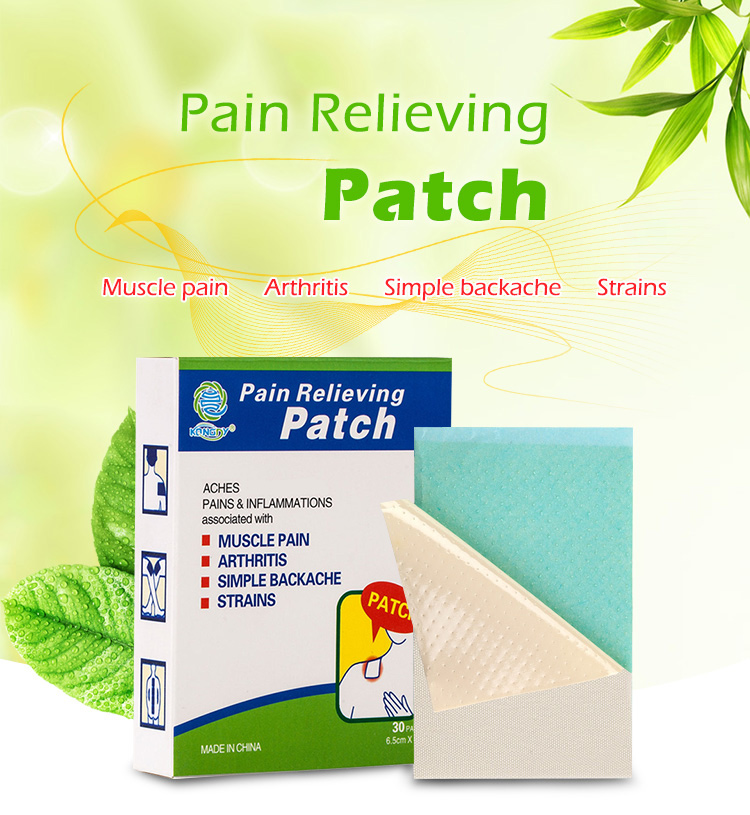Author:Kangdi 31-05-2024
Back pain is a common and debilitating condition that can significantly impact an individual's quality of life. While there are various treatments available, many people are turning to back pain patches as a convenient and targeted solution. These adhesive patches, often infused with pain-relieving ingredients, offer a non-invasive and localized approach to managing back discomfort. However, to achieve optimal results, it's essential to understand the proper usage and application techniques.
01. Understand the Active Ingredients
Back pain patches typically contain a combination of active ingredients designed to alleviate pain and inflammation. Common components include non-steroidal anti-inflammatory drugs (NSAIDs) like diclofenac or ibuprofen, counter-irritants like menthol or camphor, and other botanical extracts with analgesic properties. Understanding the specific ingredients in your chosen patch can help you manage expectations and potential side effects.
02. Proper Preparation and Application
Before applying a back pain patch, it's crucial to ensure that the affected area is clean and dry. Gently cleanse the skin with a mild soap and water, and pat it dry thoroughly. Avoid applying the patch to broken or irritated skin, as this may increase the risk of irritation or adverse reactions.
Follow the manufacturer's instructions carefully for proper placement and application techniques. Most back pain patches are designed to be applied directly to the area of discomfort or along the affected muscle group. Press the patch firmly onto the skin to ensure maximum adhesion and direct contact with the targeted area.
03. Timing and Duration of Use
Back pain patches are typically designed for extended release, providing relief over several hours or even days. It's important to follow the recommended duration of use and replace the patch as directed to maintain consistent relief and avoid overexposure to the active ingredients.
Some patches are intended for daytime use, while others are formulated for overnight application, allowing the active ingredients to work while you sleep. Pay close attention to the specific instructions and choose the appropriate timing based on your needs and preferences.
04. Managing Expectations and Potential Side Effects
While back pain patches can provide effective relief for many individuals, it's important to have realistic expectations. These patches may not provide immediate or complete pain relief, and their effectiveness can vary depending on the severity and cause of the back pain.
Additionally, some individuals may experience side effects such as skin irritation, redness, or allergic reactions. If you experience any adverse effects, remove the patch immediately and consult with a healthcare professional if symptoms persist or worsen.
05. Complementary Treatments and Lifestyle Modifications
Back pain patches should be considered as part of a comprehensive approach to managing back pain. Incorporating complementary treatments like stretching exercises, hot/cold therapy, or massage can enhance the overall effectiveness of the patches and promote long-term relief.
Additionally, lifestyle modifications such as maintaining proper posture, engaging in regular exercise, and managing stress levels can help prevent further aggravation of back pain and improve overall well-being.
06. Consult a Healthcare Professional
While back pain patches are generally safe for most individuals, it's essential to consult with a healthcare professional, especially if you have pre-existing medical conditions, are taking medications, or if your back pain persists or worsens despite using the patches.
By following these guidelines and using back pain patches appropriately, you can maximize their potential benefits and achieve optimal relief from back discomfort. Remember, consistent and proper use, combined with a holistic approach to pain management, can significantly improve your overall quality of life and promote long-term well-being.
 0086 19937104978
0086 19937104978





